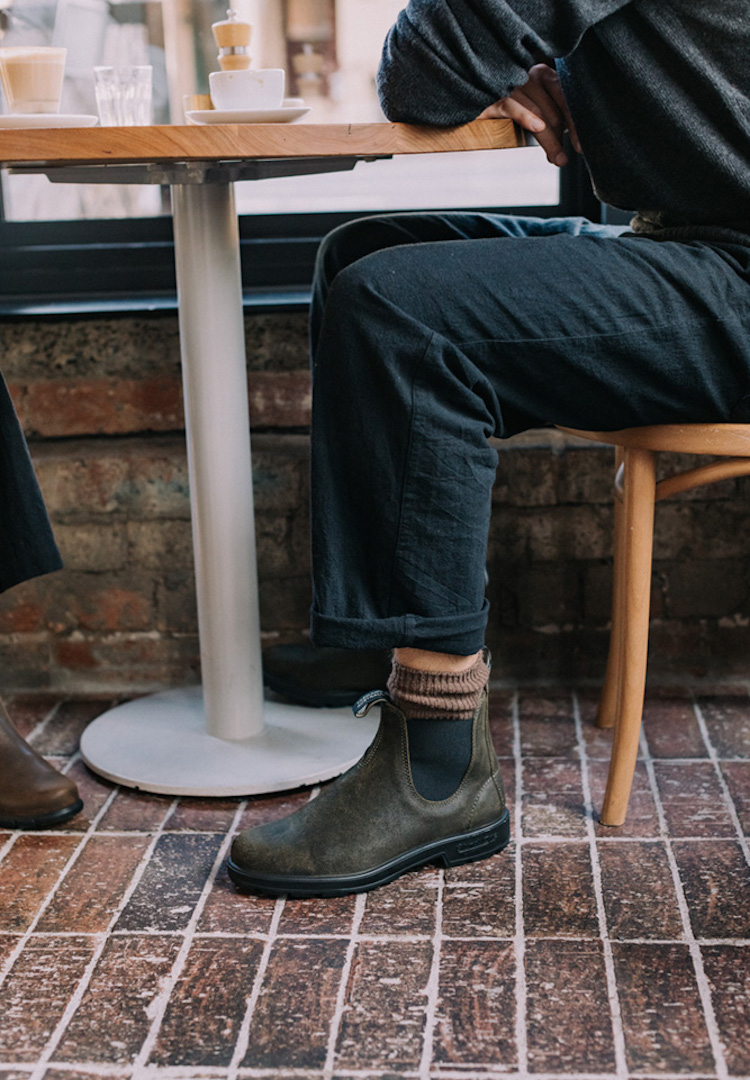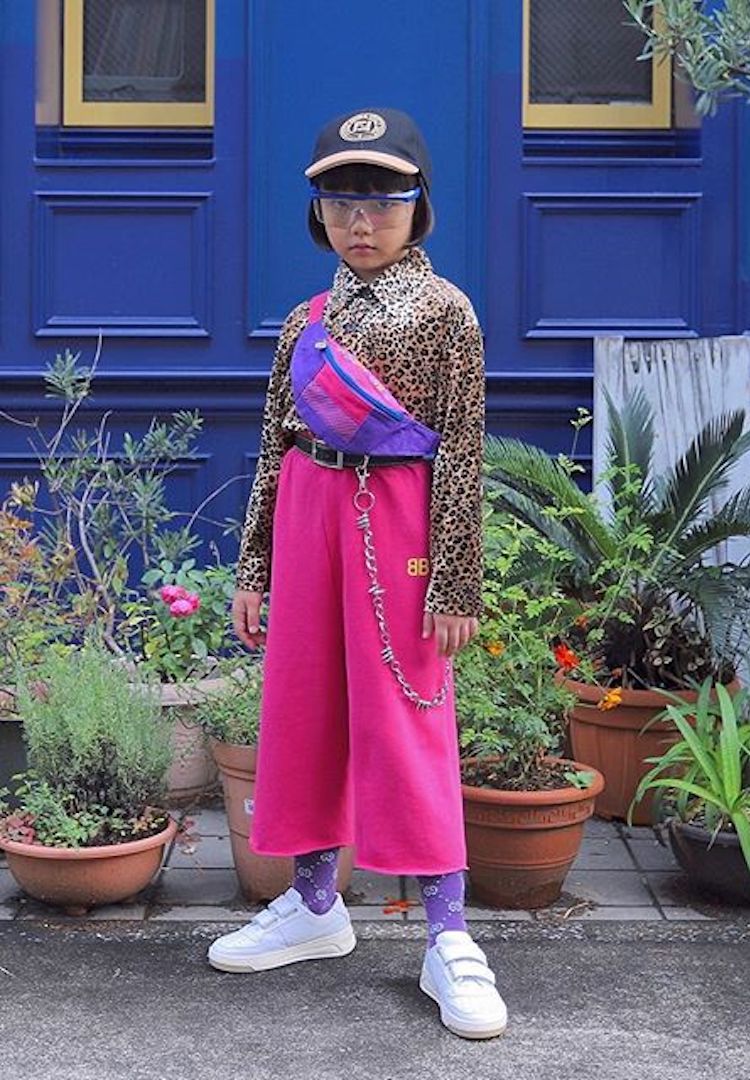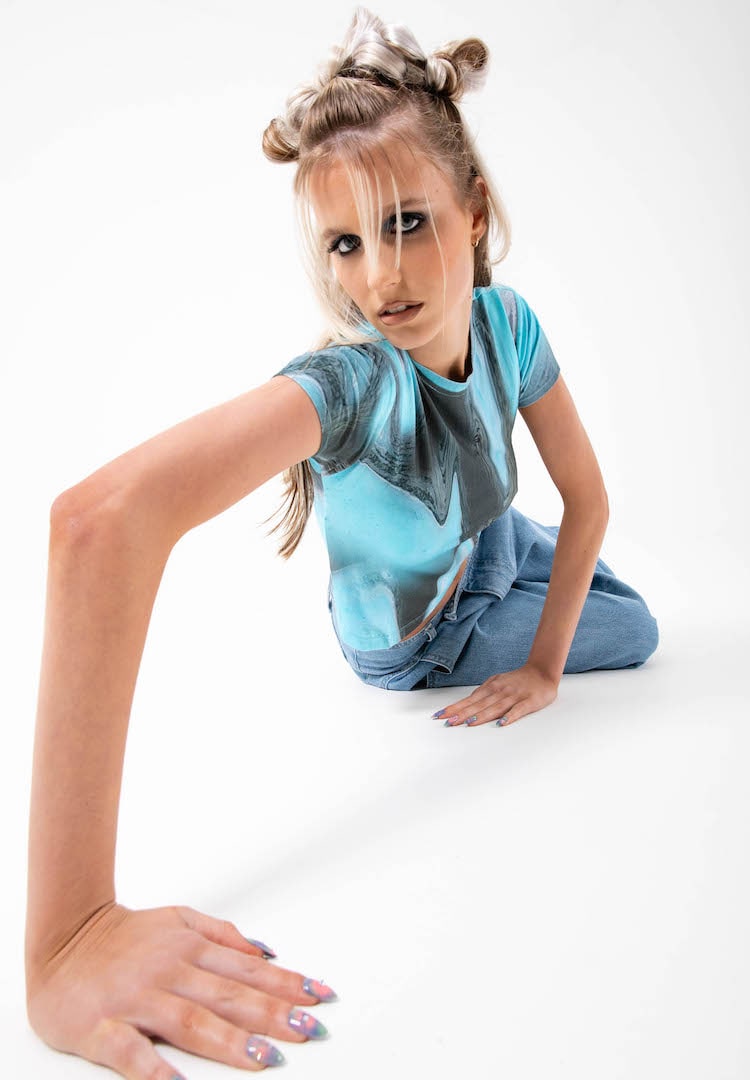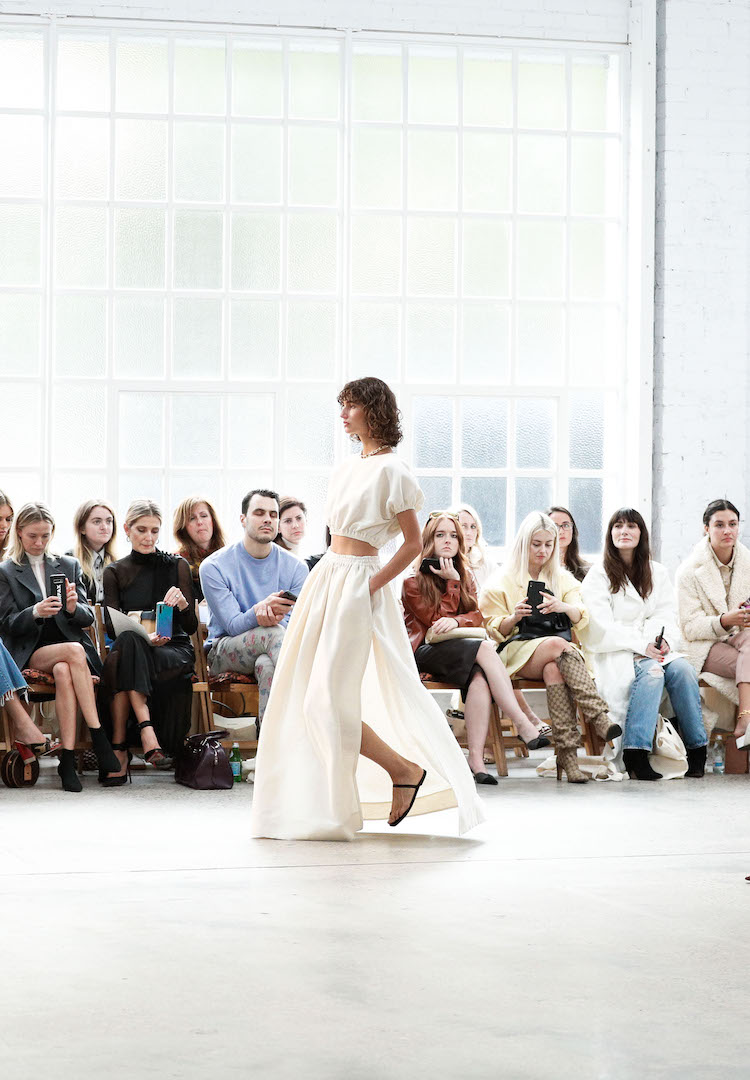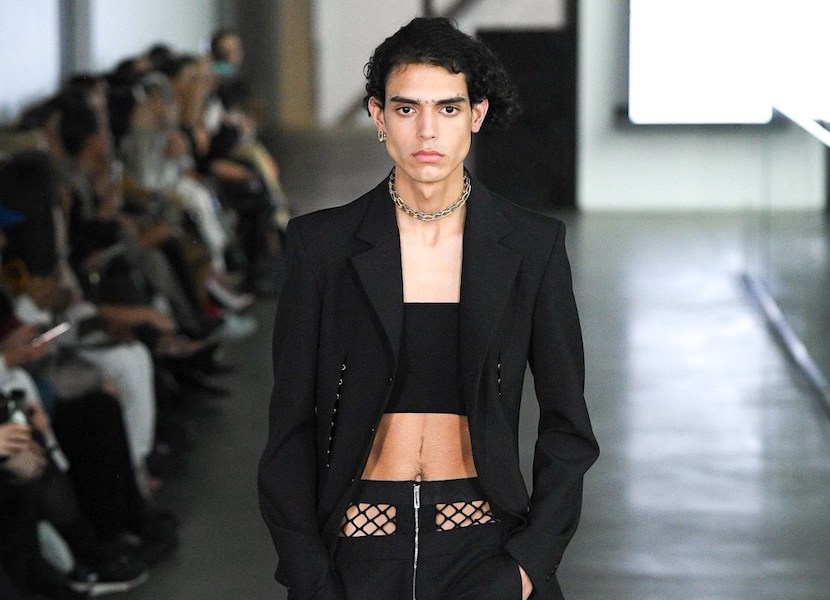Charting the unexpected rise of the kidfluencer
Images via Instagram/Luca Mastroianni for Gentle Monsters
Words by Bianca O’Neill
Cute but disturbing.
There’s something new popping up in the front row at fashion week – and it’s not just those quilted Bottega Veneta mules. It’s a new breed of influencer vying for attention, branded collabs and #frow selfies. Only this time, they’re all under 12 years old.
Kids at fashion week are no new thing; even Kim Kardashian started a ruckus at a Yeezy show back in 2015 when North West descended into a tantrum in the front row.
And just a few months ago at Sydney Fashion Week, I sat next to a prominent fashion editor who toted along her newborn for the Manning Cartell show. But what I’m talking about here is something altogether different.
I’m not talking about kids at fashion week – whether they be questionable accessories for guaranteed street style shots or a working mum necessity. I’m talking about the new crop of kids who have their own front row invite. And it’s giving me all kinds of mixed feelings.
As New York Fashion Week wraps up, a certain image from a Kim Shui Studio runway has stuck in my mind. Taylen Biggs, a five-year-old ‘style star’ with over 200,000 followers on Instagram, sits perched in the front row, sandwiched between singer/songwriter Kehlani and rapper Rico Nasty (who penned the explicit Smack A Bitch last year).
Wearing a pink sweetheart dress with puffy sleeves and a rainbow hairpiece, from here it’s hard to see the difference between Taylen and the often-derided pageant kids on Toddlers and Tiaras. Although, admittedly, her outfit is decidedly more #fashun.
Taylen’s prominent NYFW attendance (which encompassed several runway shows, a mention in Marie Claire as one of the ‘Best Front Row Moments’ of fashion week, and an interview in Elle Mexico) is questionable at best.
It points to a rise of very young children who are increasingly working across social media for the financial gain, free gifts, and VIP access that it provides to their parents. Fashion, for the most part, has unfortunately largely ignored the problematic parade of toddlers in chic outfits rapidly gaining followers (and brand deals) on Instagram – instead, choosing to categorise them as cute and adorable.
An example of one of the most prominent kidfluencers is Tokyo-based @coco_pinkprincess, who, at the tender age of eight years old has amassed over 680,000 followers for her shots in decidedly adult brands like Comme des Garçons and Off White.
There’s @zooeyinthecity, who posts moody #ootds with very adult captions like, “When it’s Sunday morning and bae says let’s go to the Farmer’s Market.”
View this post on Instagram
When it’s Sunday morning and bae says let’s go to the Farmer’s Market ??????
Despite the myriad of child safety concerns about adult representations of (mostly) female children on Instagram, there’s another dark side to this issue that no one is talking about. In order to start that discussion, we should flashback to the superstardom afforded to Hollywood youngsters like Macaulay Culkin and Mischa Barton.
In a recent New York Times article, it was revealed that young social media stars – some as young as two years old – were raking in profits of over $10-20,000 per post, and some up to $45,000 for a YouTube brand shout-out, as well as starring in several YouTube videos and Instagram posts per week. So where is all this money going?
In the mid-90s, Culkin sued his parents for control of his $17 million fortune at only 15, alleging physical and mental abuse. Mischa Barton, meanwhile, alleged that her mother stole money from her to purchase a $7.8 million home.
Cases like these led to the establishment of strong rules to protect working children in the entertainment and modelling industries, including the Coogan Law in California, which specifies that a portion of the child’s earnings must be placed into a trust fund.
Similarly, there are strong restrictions for children working in entertainment and advertising in Australia. For example, in Victoria, there are strict rules around how many hours and days per week a child can work. Although this encompasses ‘online commercials’, the line becomes blurry when it comes to social media endorsements – as the same legislation states that there is no minimum age for children working in a ‘family business’.
Add this to the questionable use of children in what are, essentially, commercials, aimed at encouraging other children to purchase branded items, and you have a significant ethical dilemma on your hands. TV shows, for example, are highly regulated when it comes to targeting advertising at children – particularly when it comes to hosts personally ‘recommending’ products.
So far, YouTube and Instagram have declined to engage on the issue of social media ads featuring young children, directed at young children. The issue becomes even murkier when you consider that current Instagram and YouTube terms and conditions state that an account must not be held by anyone under the age of 13.
Budding stage parents, however, seem to be getting around that rule by stating in their bio that the ‘account is run by mum’.
But beyond all of this, one more question remains: is it ethical to use your child as a source of revenue? As a billboard for branded products, when they have little concept of what’s actually going on?
And even more importantly – is it ethical for brands to engage these ‘kidfluencers’ to get around important advertising restrictions that protect impressionable children?
I do know one thing – no matter how ‘cute’ these kids are, there’s a bigger story behind the scenes here that needs to be told. And it’s not about how much they love sitting in the #frow next to a rapper.
Follow Bianca’s fashion commentary at @bianca.oneill

